8 Hiking Safety Tips for Your Next Outdoor Adventure
Hiking is a fantastic way to connect with nature, offering both physical and mental health benefits. Whether you are hiking in the Canadian Rockies or one of the National Parks in the US, getting outdoors allows you to experience the beauty of the mountains. However, safety is paramount to ensure your adventures are enjoyable and incident-free. Here are 8 hiking safety tips to help you stay safe and prepared on the trails.
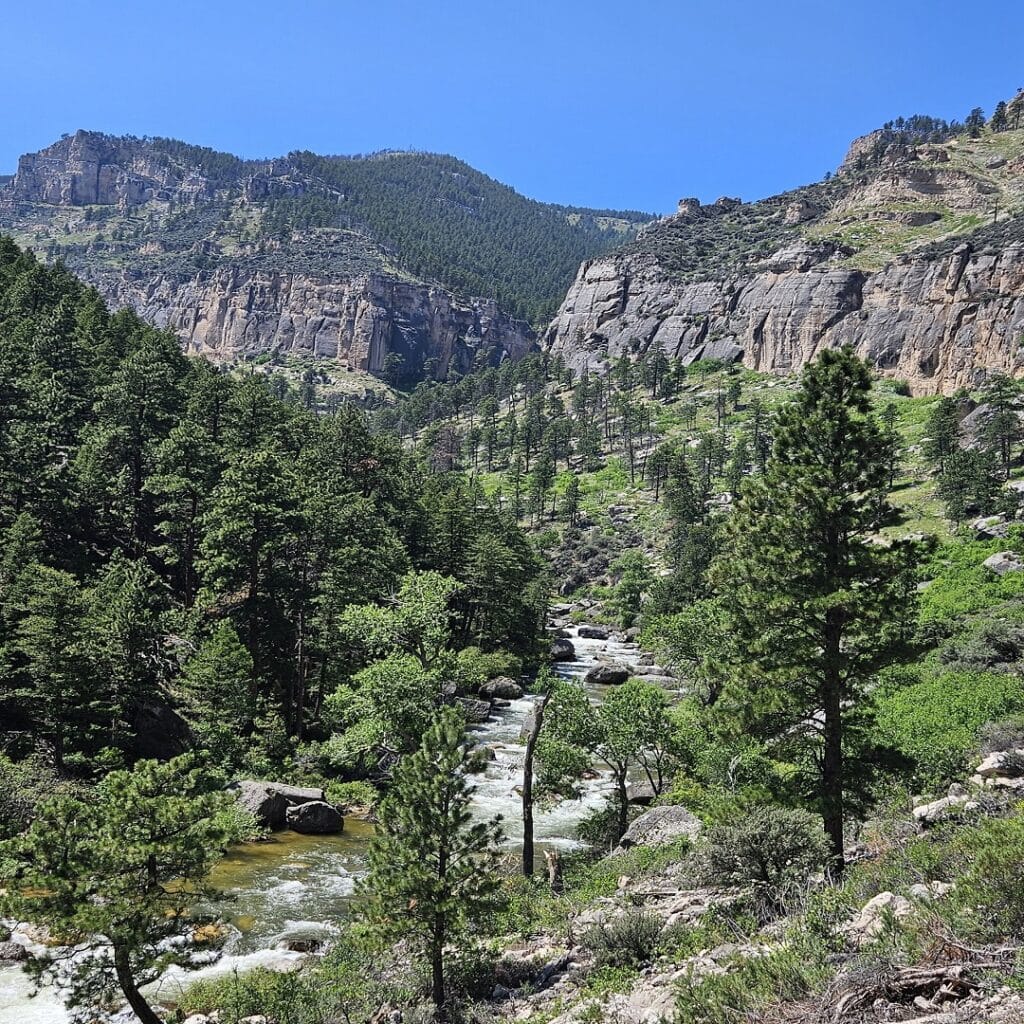
Some of my favorite places I have hiked are in Yellowstone National Park and Bighorn National Forest in Wyoming. As well as close to home in the Canadian Rockies. I am one of the lucky ones that can go hiking in the mountains very easily. Whether it’s an hour from Calgary in Kananaskis, or near the mountain towns of Canmore and Banff, these are just a few of the many places to explore. I hope these tips will help you and inspire you to get outside and visit one of these amazing hiking destinations.
Disclaimer: This post may include affiliate links. If you click one of them, I may receive a small commission at no extra cost to you.
8 Hiking Safety Tips
1. Plan Your Route
Before you set out, plan your route meticulously. Research the trail, its difficulty level, and the estimated time to complete it. Make sure to inform someone about your plan, especially if you are hiking alone. Familiarize yourself with the trail map and identify key landmarks. I use AllTrails for all my hikes. I recommend subscribing to the Plus version so you can have access to your routes offline.
2. Check the Weather
Always check the weather forecast before heading out. Weather conditions can change rapidly, especially in the mountains. Knowing the forecast helps you prepare for potential challenges and avoid dangerous situations like sudden storms or extreme temperatures.
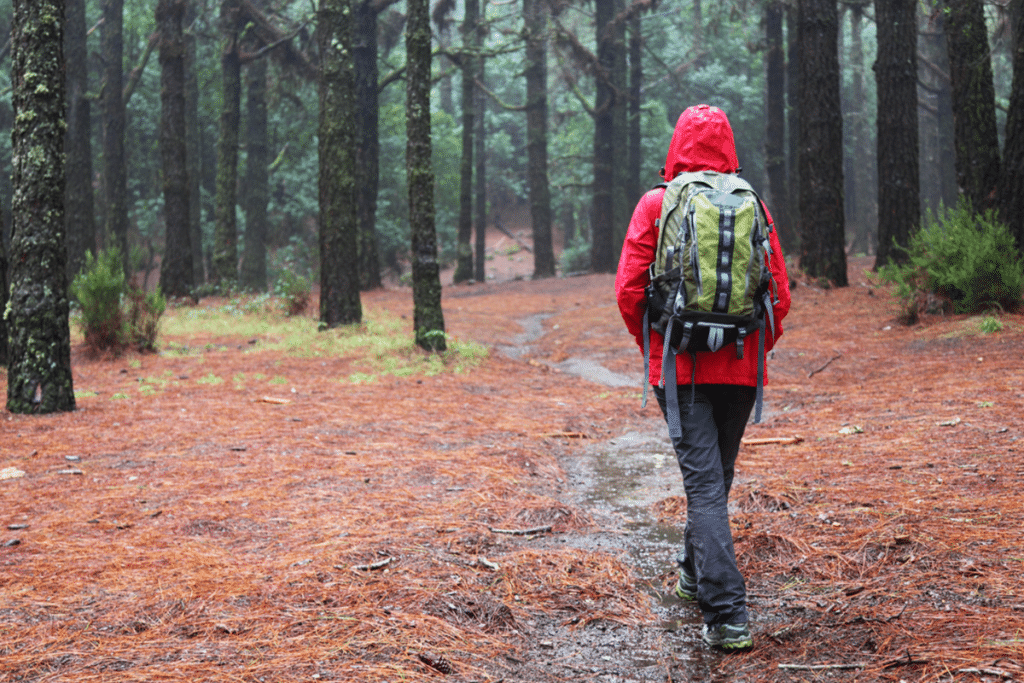
3. Charge Your Phone
Ensure your phone is fully charged before your hike. A charged phone is crucial for navigation, taking photos, and in case of emergencies. Consider carrying a portable charger for longer hikes. You may want to consider a satellite phone in case of an emergency.
4. Save Emergency Contacts
Program emergency contacts into your phone. Include numbers for local authorities, park services, and a trusted friend or family member. Having these readily available can save valuable time in an emergency.
5. Hike in a Group
Whenever possible, hike with others. Group hikes are not only more fun but also safer. In case of an injury or unexpected situation, having companions can be lifesaving. If you must hike alone, make sure someone knows your route and expected return time. To be honest, I hiked for many years on my own and I never had any issues. Luck was on my side. But I still ensured I had everything necessary to be safe.
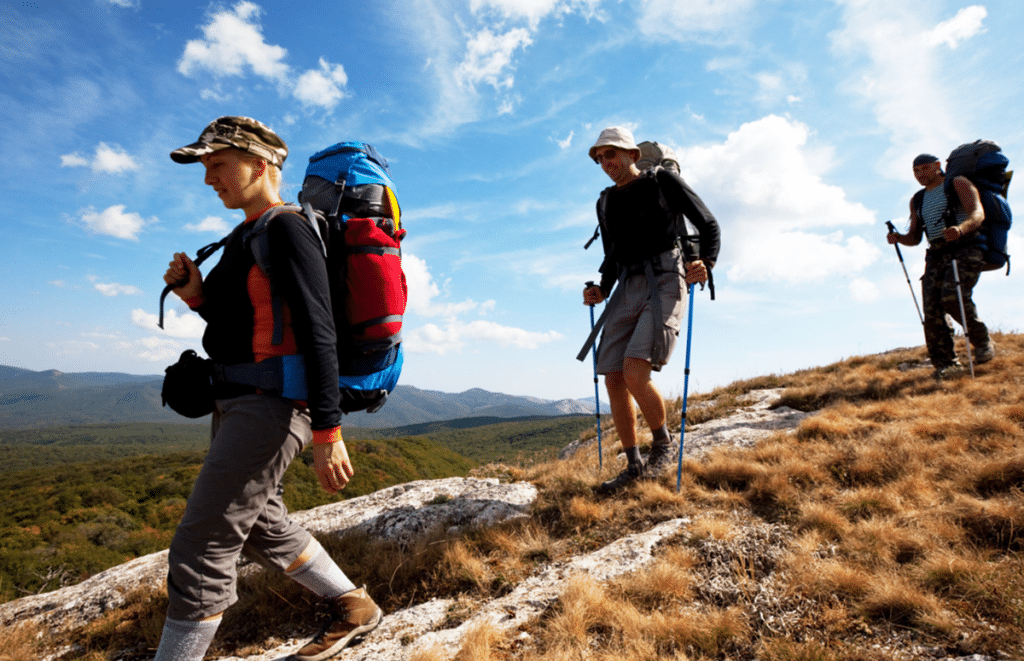
6. Carry Enough Water
Staying hydrated is critical when hiking. Carry enough water for the entire hike, and consider the terrain and weather conditions. In hot climates or strenuous hikes, you may need more water. Portable water filters can be useful for longer hikes where you might need to refill. Some people also get hydration packs to carry their water evenly on their back.
7. Must-Haves in Your Backpack
Pack essential items in your backpack, including:
– First aid kit
– Navigation app or map
– Water, food, snacks
– Warm clothing and rain gear
– Bug Spray
– Hiking Poles
Download your free hiking checklist to ensure you have all the necessities for your hike.
8. Be Bear Aware
When hiking in bear country, ensure you follow bear safety tips which include carrying bear spray and knowing how to use it. Make noise to alert bears of your presence and avoid surprising them.
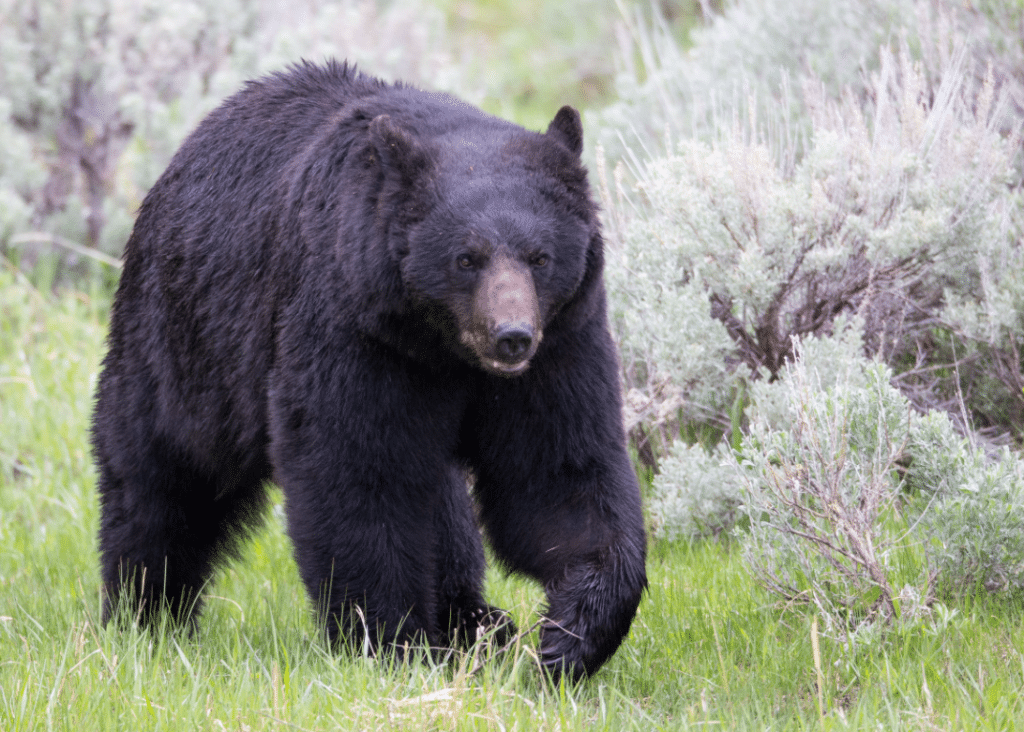
Additional Tips for Safe Hiking
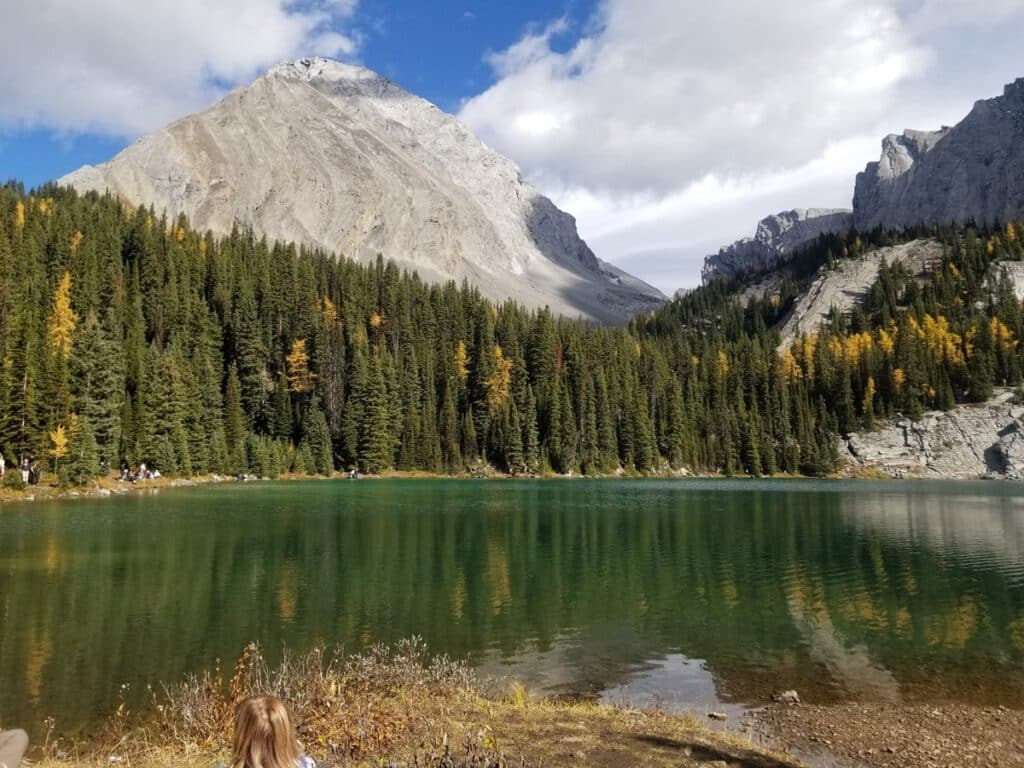
By following these 8 hiking safety tips and additional advice, you can ensure a safe and enjoyable hiking experience. Remember, preparation is key to hiking safely and enjoying all that nature has to offer. Whether you’re exploring the vastness of the Canadian Rockies, the beauty of the National Parks in the US, these tips will help you make the most of your outdoor adventures.
If you enjoyed my post, follow me on social media or subscribe to my newsletter below, so you can stay connected on future posts, trips, tips and more.


